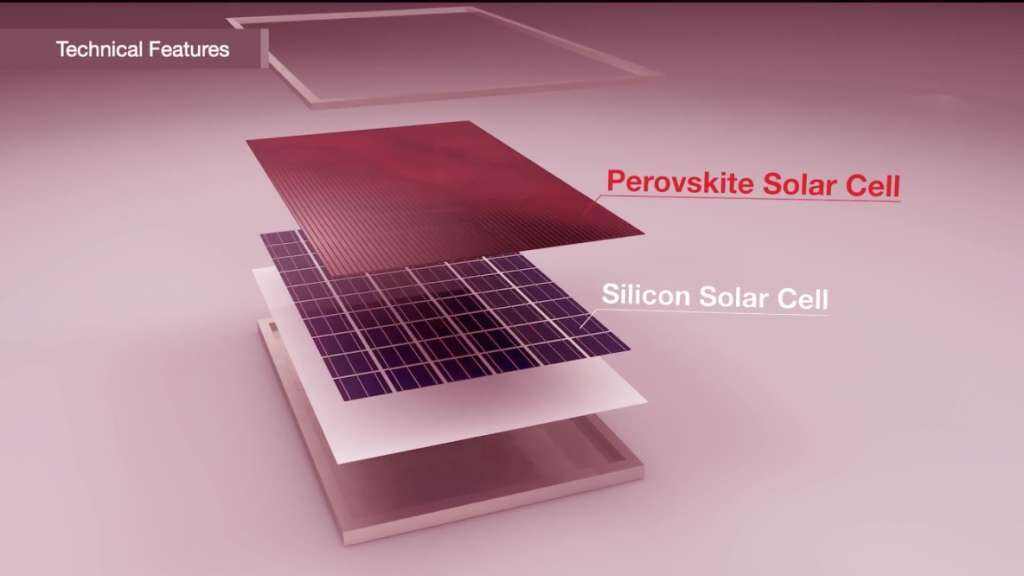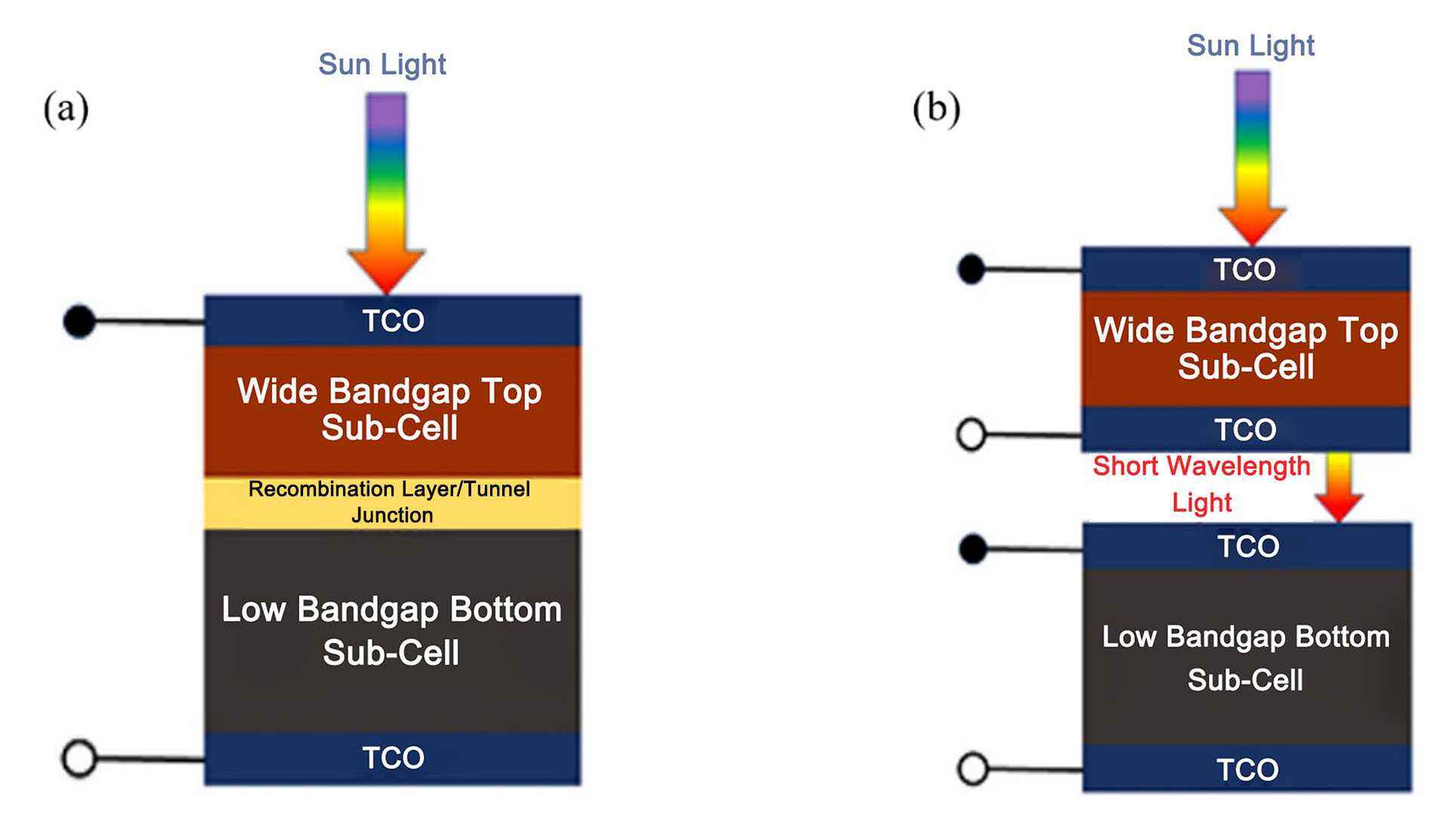
Berlin/Beijing - The global photovoltaic industry has ushered in a historic breakthrough! The Sino-German joint research team announced today that the conversion efficiency of perovskite-silicon tandem solar cells in laboratory conditions has reached 35%, 2.5 percentage points higher than the world record in 2023, approaching the theoretical limit of 43% of this technology. This achievement was evaluated by the journal Nature Energy as "a turning point for the photovoltaic industry from improvement to revolution."
Technological breakthrough: the "layered extraction" philosophy of sunlight
Traditional silicon cells can only capture part of the solar spectrum due to material characteristics, and the "spectral scalpel" technology created by the Sino-German team has solved this problem:
Top perovskite: The new lead-tin mixed perovskite material (CsPb₀.₅Sn₀.₅I₃) specializes in visible light, and the absorption boundary extends to 950nm.
Bottom silicon cell: The modified heterojunction (HJT) silicon cell accurately captures 1100-1300nm infrared light, converting waste heat into electricity.
Nanoscale "light trap": The bionic moth eye texture structure reduces the light reflectivity to less than 1%, and increases the light absorption rate by 20% compared with conventional cells.
"This is equivalent to giving each ray of sunlight a 'division of labor'." The project's chief scientist, Professor Li Weiran of the Chinese Academy of Sciences, said, "Photons of different bands have their own duties, and the power generation naturally increases exponentially."

Commercial landing: "blitzkrieg" from laboratory to roof
Although the laboratory results still need time to be transformed, the industry has started the rush mode:
GCL Group's world's first 100MW perovskite-silicon stacked module production line was put into production, with a mass production efficiency of 28%, and won a $1 billion order from Saudi Arabia's NEOM Future City.
Tesla announced that the new version of Solar Roof V4 will use stacked cells, with a 45% increase in power generation per unit area to meet the family's all-weather electricity needs.
The EU urgently revised the Solar Roof Act, requiring member states to give priority to purchasing laminated modules for public buildings. Chinese customs data showed that photovoltaic exports to Europe increased by 320% year-on-year.
Mark Schneider, a new energy analyst at Deutsche Bank, predicted: "The global laminated battery market will exceed US$100 billion in 2028, and traditional single-junction silicon batteries may retreat to the low-end market."
Hidden concerns and challenges: calm thinking under the efficiency carnival
Behind the carnival, the industry remains vigilant about two major pain points:
Lead leakage controversy: Each square meter of the module contains about 18 grams of lead. Although the leaching rate is controlled to 0.05 mg/L through zirconium phosphate coating, environmental organizations still call for the formulation of mandatory recycling standards.
Life curse: The annual efficiency decay rate of laboratory samples at 85℃/85% humidity is about 7%, which is still far from the 25-year commercial requirement. "Just like a sports car can't just run on the track, it has to withstand the test of muddy roads." Frank Eichenberg, CEO of Oxford Photovoltaics, said frankly.
 Hot News
Hot News2025-11-21
2025-11-19
2025-11-12
2025-11-11
2025-11-05
2025-11-04